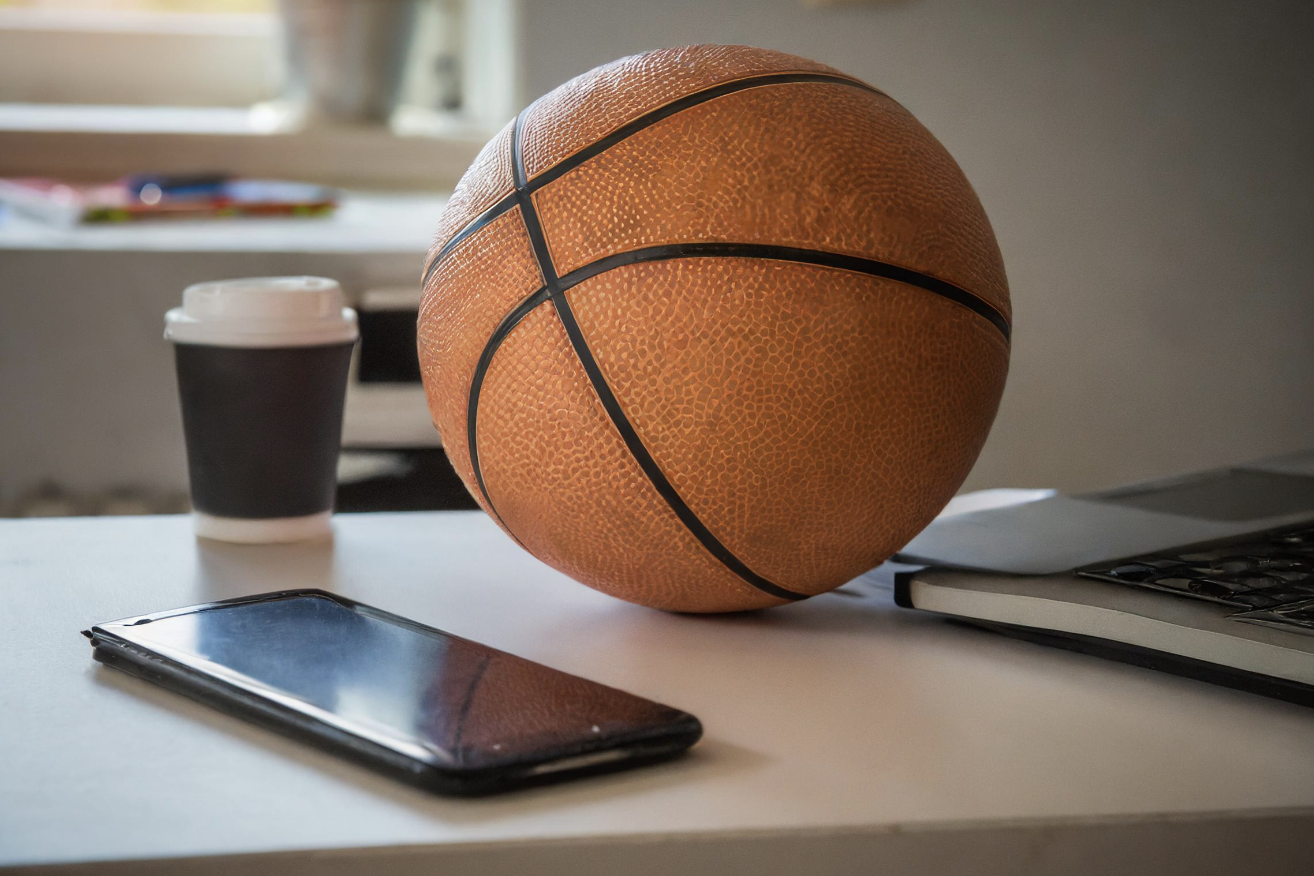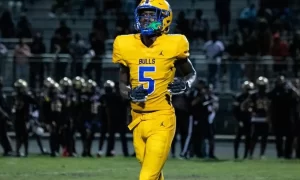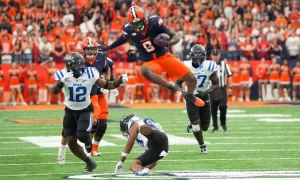The game of basketball will always maintain its human rawness, that grit centered around the skill and drive of its players and the unexpected happenings that make it so riveting. But over time, it’s clear that the game has evolved to become more structured and strategic—a true test of basketball tactics, discipline to the rules, and role specialization. It’s much like how the trajectory of athletes’ performance and even online gaming has changed, letting you get sweepstakes coins for free. Along with this structure came the gradual introduction of new technology to elevate the game, whether it’s the obvious digital ticketing and instant-replay setups or the more mysterious athlete wearables and data analytics. Curious to see what sort of technology the highest tier of professional basketball uses? Let’s check it out.
Wearable Technology
Wearable technology in the NBA serves a variety of purposes. On the one hand, it makes life easier when the league needs to collect data on just about every bit of exertion and acceleration for performance optimization. On the other, it lets medical teams understand the link between workload and injuries to maintain a healthier squad. With injury and overwork being the killers of even the most elite athletes, this data is key. Wearable tech became especially important after the NBA implemented an appearance minimum of 65 regular-season games to qualify for end-of-season awards. Since fans and players were unhappy with that news, the NBA has made a concerted effort to emphasize these tools to keep stars in the lineup.
AI Analytics
Analytics is great for the internal league, whether for coaches, broadcasters, marketing teams, or the players themselves. With the advent of sports betting, however, it has also become integral to fan culture. While it used to be merely interesting to know how many minutes a player spent on the court or how many points per game they racked up, it’s now integral to betting strategy for many folks. Other than wearable technology, the NBA implements a whole spectrum of tools and systems to track analytics. From LIDAR systems (light detection and ranging) that create 3D models of player movements to AI-generated heat maps and court motion sensors, data analytics has gone so far that we now have metrics for anything and everything.
Among the 30 teams, the Toronto Raptors and the Golden State Warriors are two that have led the way with AI analytics. The Raptors teamed up with IBM Watson to improve the talent evaluation process back in 2016 and visualize important data more effectively—could this have been a factor in their 2019 win?
Advanced Camera Systems
Camera systems have been in the league for quite some time, with rafter camera technology existing for over a decade now. This technology allowed for a clearer look into replays for broadcasting commentary, giving everyone a view of the entire court. To up the ante, the NBA introduced Hawk-Eye’s 14-camera setup, which let us track limbs in more detail from a variety of angles, giving us more nuance than the general look from the previous setup. Pair that camera data with the wearables we mentioned earlier, and the league can gain around 50 million data points from those technologies alone.
Referee Technology
Refereeing significantly impacts a game’s outcome, but when it comes to basketball, its fast-paced nature makes refereeing even more difficult and complex than many other sports. Player contact is frequent and close, and decisions are made in a split second, so there’s little room for error. Seasoned referees are used to this pace and have the acumen to deal with these dynamics, but technology has certainly been a big help, providing better communication systems for play reviews between those in the replay center and those on the court. There are also 4K cameras, replay technology, and real-time data integrations from wearable tech and other tools to help these officials make smarter and fairer decisions. Rather than having to fill in the blanks with intuition or human consideration, the frame-by-frame nature of new refereeing technology removes the guesswork altogether.
Stadium Technology
While TV deals take the crown for the biggest revenue generators for many teams, ticket sales still make up a good percentage of team revenue—and that means plenty of fans to cater to at stadiums. Fans not only provide revenue for the NBA but also energize the teams and support the league. To foster a great game-day experience, the league has invested in high-tech arenas. For example, frictionless checkout for concessions and merchandise can be achieved with mobile ordering, contactless payments, and self-service kiosks. Fans can also use QR codes to enter stadiums faster, jumbotrons can create a more exciting viewing experience, and IoT (Internet of Things) devices can monitor and optimize the stadium so staff can make sure everything is smooth sailing.
Smart Basketballs
Although they aren’t officially employed in NBA games just yet, there has been plenty of talk about the league playing with chipped basketballs to make it a potential reality. With analytics becoming such a staple in the sport for player development and decision-making, coaches could get better insight into aspects like shooting patterns, skills, and mechanics with the type of real-time performance data they provide. Beyond player and team, these “smart” basketballs can also add another dimension to broadcast analytics, giving mega fans a detailed view of speed, spin, and other aspects of ball movement.


















